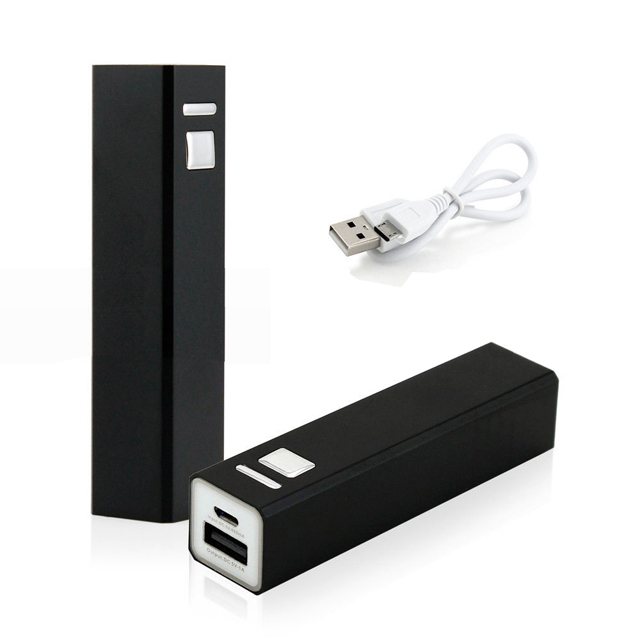It's been a long term project of mine to get an R-Pi or R-Pi clone to run on batteries and een solar power for various projects, and there has been a lot of sucesses to this. but first I had to scour the net for some basic information. How much power does a R-Pi take to run? How long will it last on a 2600mA battery (those used as powercell extensions for cellphones)?
Like this one:

The second can be answered by the first, dividing it from the battery power. So here is the basic power for an R-Pi with nothing connected to it, sitting there with a desktop or terminal console mode - both waiting for input.
mA Watts
Model A 140mA 0.7W
Model B 380mA 1.89W
Model A+ 80 mA 0.4W
Model B+ 180 mA 0.9W
R-Pi 2 220 mA 1.1W
R-Pi 0 80 mA 0.4W
R-Pi 3 260 mA 1.4W
When you power off any model of Raspberry Pi , it typically uses 20-30 mA - 0.1W of power until you physically disconnect the power.
So from this you can deduce the following:
Model A will last 18.5 hours
Model B will last 6.8 hours
Model A+ will last 32.5 hours
Model B+ will last 14.4 hours
R-Pi 2 will last 11.8 hours
R-Pi 0 will last 32.5 hours
R-Pi 3 will last 10 hours
Again, that is if the R-Pi is sitting there going nothing. And that is not possible, because the R-Pi is going to be used, whether it is in robotics, sensor maping, networking or general computing. That means that the power consumption will go up. Such figure can go up 5X, and in the Quad Core CPUs of the R-Pi 2 and R-Pi 3 that can go up 20X - 4 CPUs X 5X.
For me in actual practice with what I own, the Model A and B lasts about 3 hours, the Model A+ lasts over 6 hours, B+ lasts about 4.5 hours, and the Model R-Pi 2 lasts about 2 hours. And all I was doing was putting the R-Pi through some simple tasks - networking, going online, accessing USB thumb drives, playing arcade games with MAME and of course some Minecraft.
2600mA is smalll for a bettery, consider that some laptop batteries are 10X as much. But 2600ma I consider the minimum for a solar panel array to run an R-Pi. Depending on the solar cells used, that is about 1 square foot. But that is just for the R-Pi alone. On a robotics project, you would need to double, if not triple that to do the following:
1) Run the R-Pi
2) Run the motors
3) Charge the batteries for night and storm use
4) Run the camera and/or other sensors
For general computing, you need to power up a mouse or trackpad, keyboard and a display. Other items maybe needed, like joysticks and USB Drive storage. Robots may need USB Drive storage as well.
And all that needs to be backed up.
And all this depends on your project.
Everyone is chanting the cheers of the R-Pi 2 and R-Pi 3 as "viable computing devices" for their increase of RAM and faster multi-core CPUs. But that is the furthest from the truth. A Model A, as simple and limited it can be, is useful. And as a minimum for application development, the Model B can be the start of many projects, including General Computing. A Robot does not need a Quad Core CPU and 1GB of RAM if one has an intelligent program and a large USB Storage drive for it. But what you can build and test on a Model B, you can take to the R-Pi2 or R-Pi3 and take it from there. But if you have a limited resource of power, then you need to make decisions as to what is best for your project.
 Pages: 1
Pages: 1
 Pages: 1
Pages: 1
 Pages: 1
Pages: 1
 Pages: 1
Pages: 1